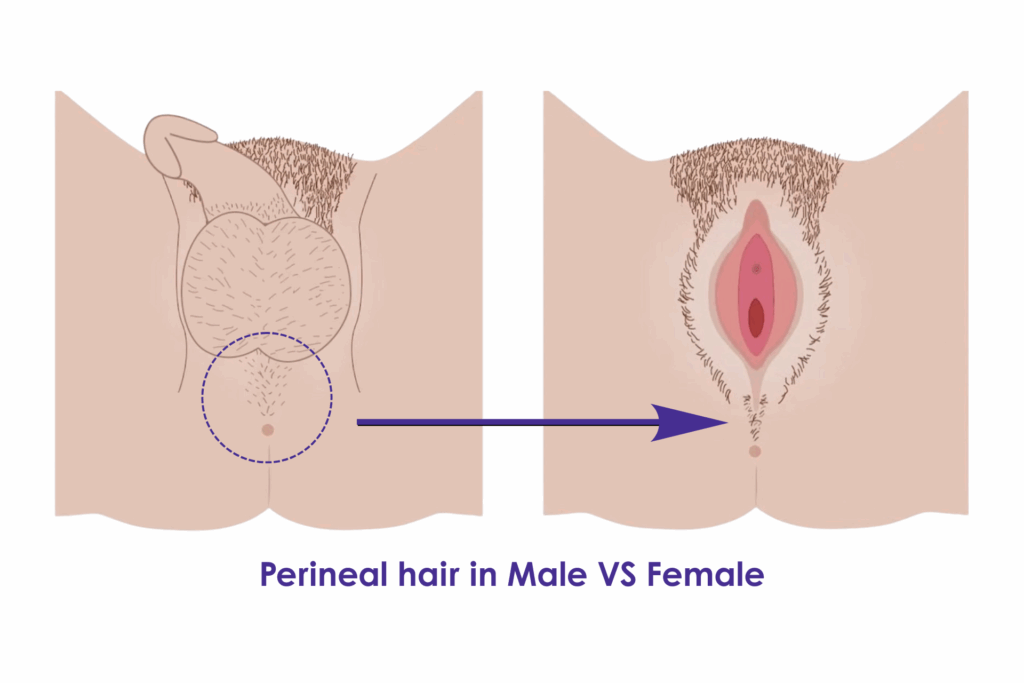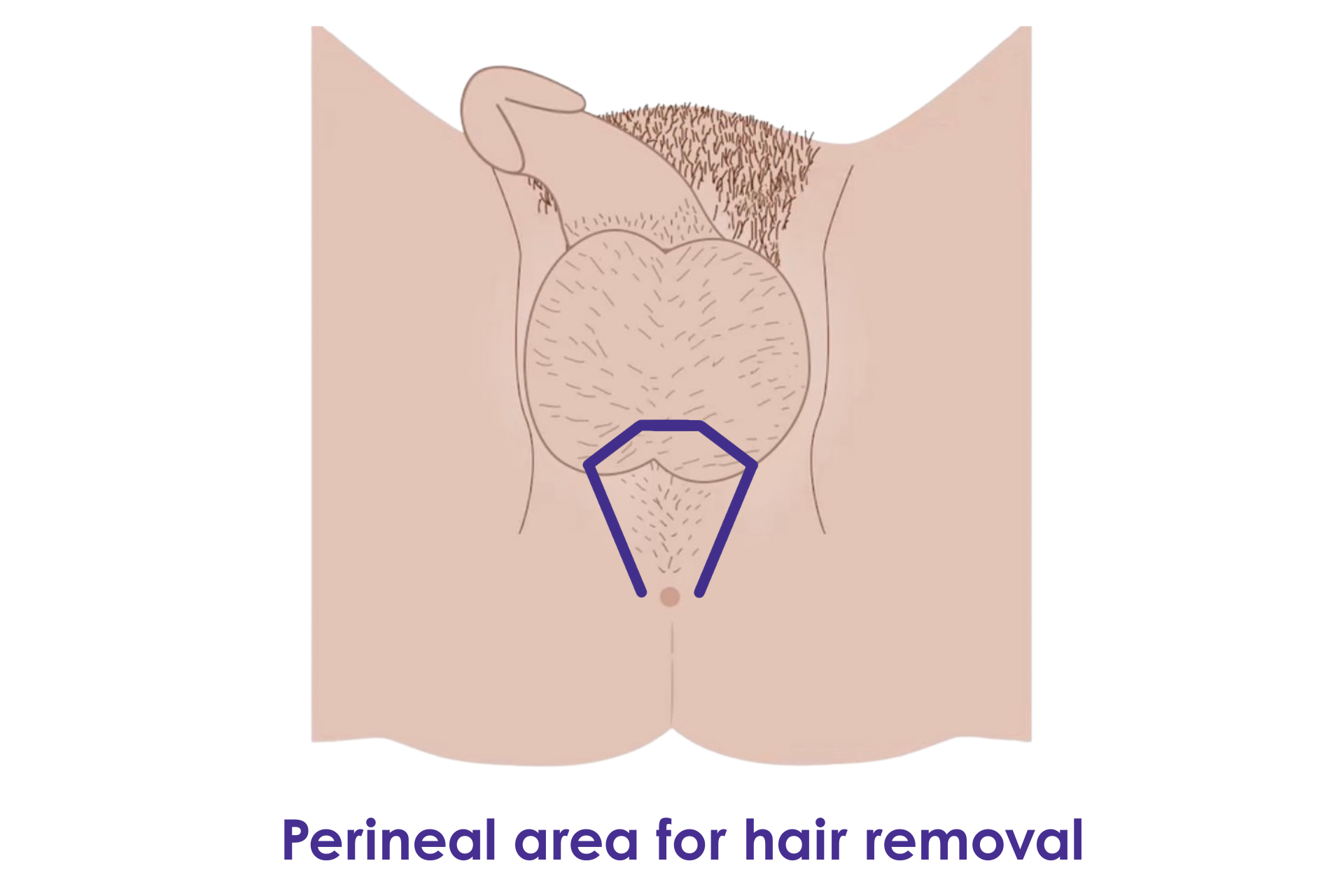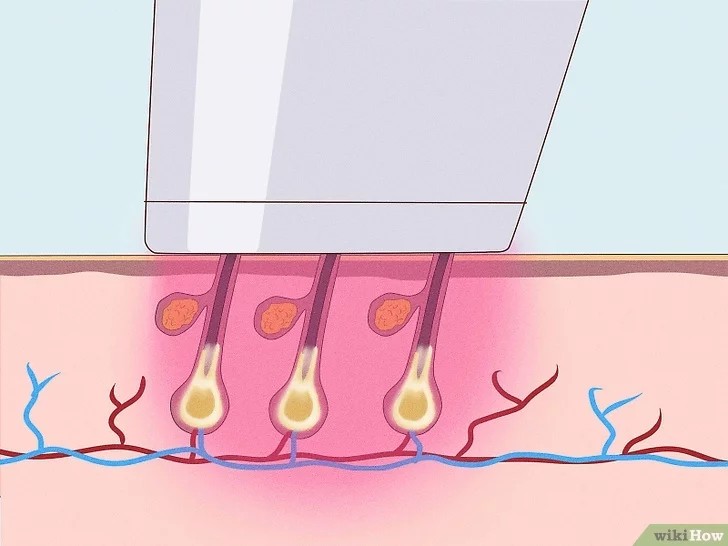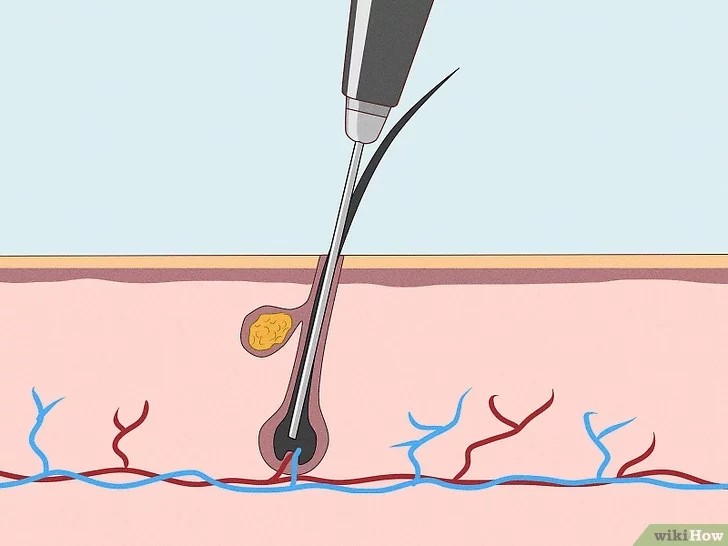
Dr. Chet’s Advice on Hair Removal Before Gender-Affirming Surgery
Hair removal before gender-affirming surgery is a vital step in preparing for procedures such as vaginoplasty. At WIH Hospital in Bangkok, Thailand, we provide medically advanced and safe solutions for transgender and nonbinary patients, ensuring a smooth and healthy transition with expert care led by Dr. Chettasak Tulayaphanich (formerly Dr. Chettawut).





